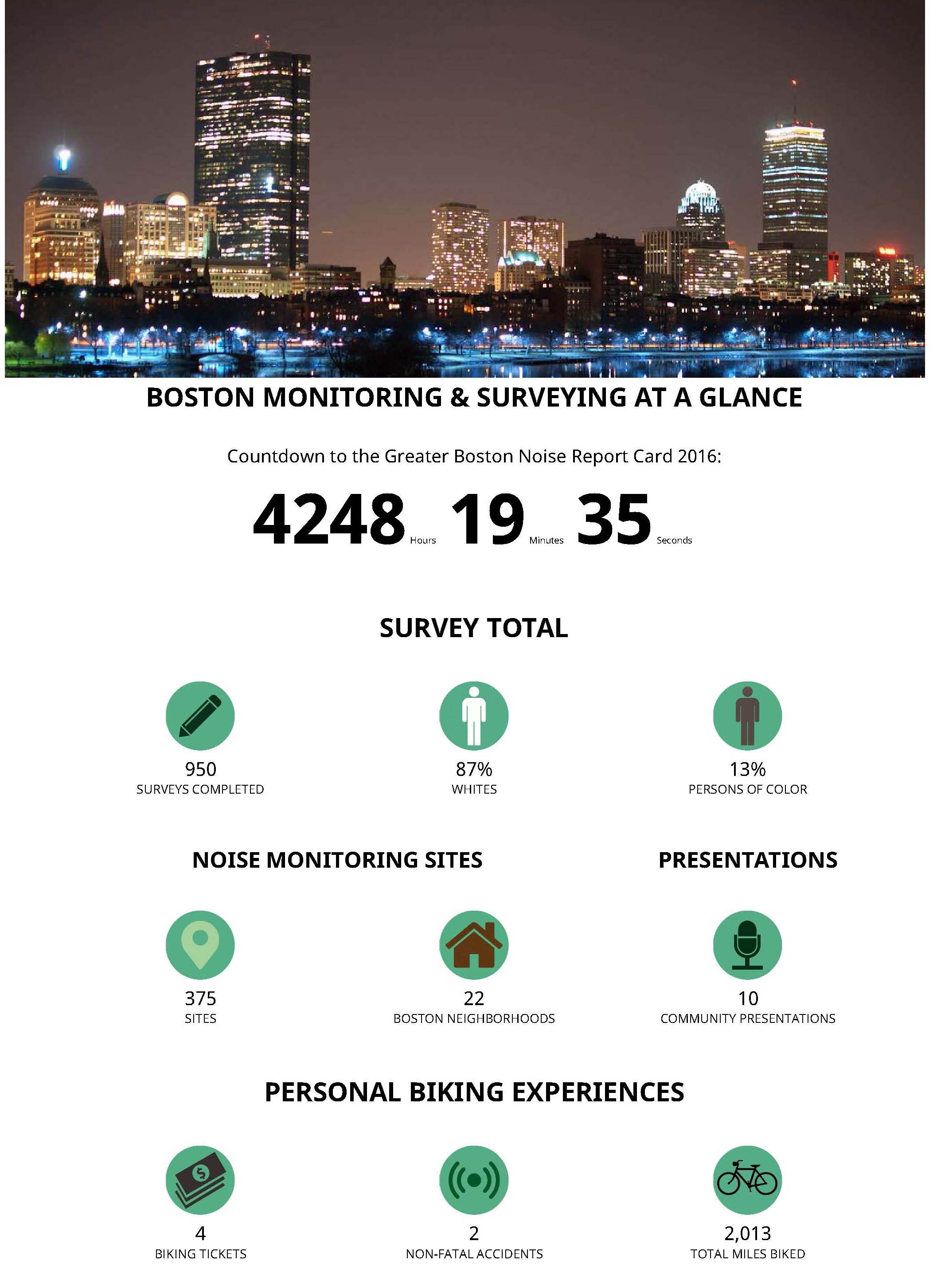Today we review a paper that looks beyond the two factors often used to justify road pricing: raising cash and reducing traffic congestion. Some of those factors are public acceptability, equity and the fact that only 26% of the important factors are generic- much depends on local factors that differ from one location to another – which perhaps explains why congestion pricing (and carbon taxes for that matter) are overwhelmingly accepted in places such as Stockholm and British Columbia but vigorously rejected by the public in many US and Canadian cities.
Some of the implementation decisions involve the spillover of traffic from a tolled road to its neighbours (which supports the notion of tolling existing roads and not just new ones) and then need for alternatives to road use (i.e. walking, cycling, public transit) for those who need to travel and the need for flexibility in terms of the rate to be charged and finally the need to make clear at the onset the overall benefits or welfare to the travelling public.

Key Quotes:
“the actual adoption of RPs has been very limited … Several barriers constrain their implementation. The most important is politics. A strong and devoted political champion is required for such new policies. Politicians are often not willing to risk their election prospects for a system where success is not guaranteed.”
“Two major goals drive the road pricing decision: revenue generation and congestion management.…other objectives are pursued as well, including transportation-related emissions reduction .. public transportation use or mode shift encouragement .. land use management .. and social welfare maximization”
“time-based pricing provides the greatest social benefits, followed by distance-based, congestion (zonal) pricing, and cordon pricing.”
“only 26 percent of factors affecting implementation of RPs are generic, and that dominant factors are those factors, such as public acceptability.. and equity .. that result from particular features of the case study. This is the major reason why various models are required for predicting the outcomes of a scheme both before and after its implementation”
“To support a more sustainable and welfare-enhancing transportation system, RP schemes should be implemented where high quality travel alternatives such as public transportation, biking lanes, walking facilities, ridesharing and other services are available”
“Tolls on few roads, especially with unlimited (high) profit-maximizing rates, could increase total travel costs for a transportation system as a whole because of spillover effects to un-tolled sections .. suggests creating and applying congestion pricing on existing roads, not only on (limited) new facilities.”
“The important factors:
- take profits from road pricing into account, contrary to economists’ approach
- examine the impacts of pricing on transport systems as a whole not only the priced facility or the charge zone
- consider the demand risk (uncertain future demand) in the analysis, using a scenario analysis
- include the disutility resulting from travel discomfort of road pricing
- improve public transport systems to provide/encourage an environmentally-friendly alternative to driving
- provide the vision to users and residents why road pricing increases welfare
- explore equity implications
- offer a flexible, but capped, tolling/pricing system that allows tolls to vary temporally
- include impacts on sectors outside transportation"





















































